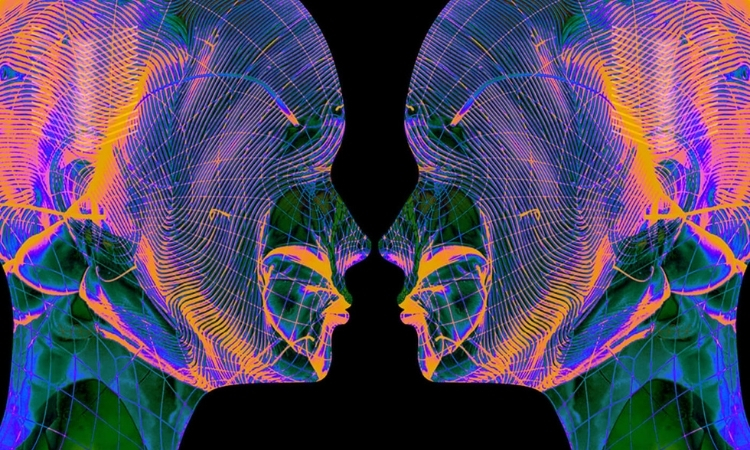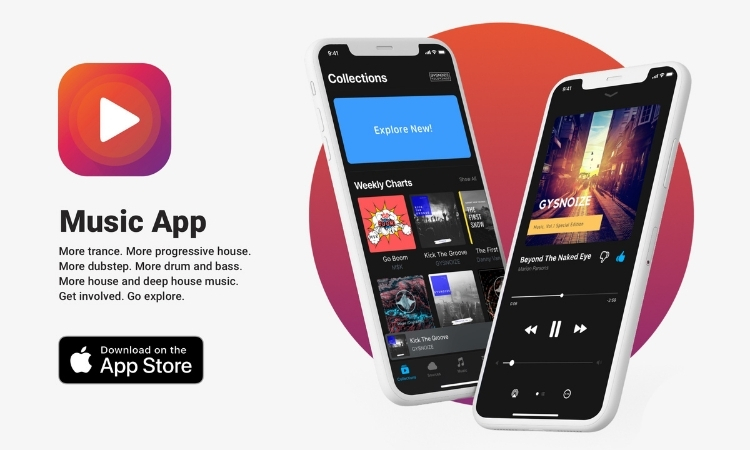If you’ve been paying attention to Spotify and the general music scene over the past few weeks, you will have certainly noticed Drake’s takeover on Spotify in celebration of his new “Scorpion” album. Currently the highest streamed artist in the world (according to Spotify’s own statistics) and managing to break 1 million streams on Spotify and Apple Music combined in the first week of release, he has certainly worked extremely hard to earn the “Godfather of Spotify” title.
With over 170 million active users across their customer base, it was certainly no surprise to see Drake dominating the global Spotify charts due to his face being plastered on pretty much every single playlist. In this article, we’re going to discuss how to get your profile verified, getting into official Spotify playlists, and pitching your new music towards independent playlists on Spotify. With a bit of hard work, talent and patience, it’s certainly possible that you’ll one day achieve similar numbers to Drake’s remarkable album.
Getting verified
Firstly, in order to get your artist profile verified on Spotify, having a Spotify For Artists account is absolutely essential to the process. Basically, it is a free resource from Spotify that allows an artist to see the demographics of who is listening to their music, what playlists are featuring their tracks, etc. Amongst the many tools, you can view the locations in which your tracks are played most, as well as the age and gender of your fanbase. Of course, this will help you create an effective social media content strategy tailored to your listener demographics when it comes to releasing new music. Although there used to be a form which artists (or their managers) had to fill out, that process has been totally eliminated from existence. Instead, the verification process is now done automatically in order to authenticate a producers connection to their artist profile. Several months ago, people needed a minimum of 250 followers to be accepted for the verification process, but with more artists regularly distributing their music to the digital streaming platform, it was only fair that everyone had a shot at verification.
Once accepted, it’s worth spending several hours understanding the new tools available to you as a verified artist. As well as the great demographic features, there is also an option to create playlists directly from your artist profile. For example, Drake’s playlist “OVO Sound” has over 435,000 followers due it being featured on the front of his Spotify artist page.
As your music gets more traffic, it’s probable that you will build up more playlist and profile followers on your account. This therefore increases the chance of self-sufficiency by generating Spotify plays without the need of a record label to assist you. For example, if your playlist has 100,000 followers, you can put your music in the top of that list and generate plays almost effortlessly. As this generates regular revenue, it allows you as a producer to gain the opportunity of financially sustaining yourself from your music career – like Drake, Skrillex, and many more names within the music industry.
Spotify is undoubtedly one of the biggest platforms within the entire music industry. Having launched its public IPO, the platform has gone on to generate billions of dollars in revenue in the timeframe of just a few years. Due to this large establishment being one of the backbones of the music industry, it is definitely vital for producers to understand how to promote their music within the streaming platform. As you gain followers and streams from your music, Spotify will help promote tracks for you – gaining you even more streams. In order to increase your chances of receiving lots of streams, directing traffic from your instagram (such as swipe up links) and even Facebook pages can be extremely helpful in giving songs a plays boost. In this section of the article, we’re going to discuss Spotify curated playlists, independent playlists, how to find playlists, and what to include within your pitch.
Discover Weekly
Discover weekly is a feature available to every user that owns a Spotify account. Allowing users to “discover” new artists and songs on a weekly basis, the algorithm identifies tracks that you regularly listen to and creates a playlist specifically for a certain user around those songs – based on related artists that other listeners like. As an example, if you listen to a lot of music from Skrillex and lots of people from around the world are streaming the new song from Flux Pavillion, you could potentially see Flux appear in your discover weekly playlist. Essentially, it’s a user-specific playlist created by Spotify’s algorithm that recommends new songs and artists that you may enjoy based on your past listening history. In order to appear in Discover Weekly, your track should be gaining a lot of streams and saves so that the Spotify algorithm sees it as an engaging track. This is so that Spotify will place your new song into the playlist of users that are listening to similar artists.
Release Radar
In a similar fashion to Discover Weekly, Release Radar is a playlist that is generated by the Spotify algorithm based on your listening habits. However, instead of featuring new artists that you won’t already know, it only includes artists that a user either follows, or listens to on a regular basis. Being featured on this playlist is extremely useful as the majority of your following will be notified that you’re releasing new music and so they will be more likely to check it out. As you get more followers as a producer, your music will appear in the release radar playlist for more people – and therefore you will subsequently achieve more streams upon release of a new song.
How to find independent playlists
If your music doesn’t get featured by Release Radar or Discover Weekly, there is still a good chance of your music getting featured by playlists. However, it is often one created by a small company, artist, or simply a music fan. Let’s create a scenario in which you want to be featured on Spotify playlists. You’d firstly want to use the Spotify search tool to identify indie playlists based on keywords around your genre or an event. For example, Tropical House, Tomorrowland, Deep House, Dubstep, Ultra Music Festival etc. Once you have written down the names of 50-100 playlists that you’d like to be featured by, it’s a good idea to get their contact information so you can pitch your music towards the curator. Although their email is normally displayed in the “about” section of the playlist, you may have to do some research of finding their social media profiles on Facebook or Instagram.
Pitching your music
In order to pitch your music to a Spotify curator, you need to ensure that you have the correct information for them. After all, getting their name wrong will probably result in instant deletion of the email. Therefore, checking and verifying your information is important. It’s worth noting that different curators like different methods of pitching music. For example, some may have a dedicated form, whilst others may just provide an email address for artists to send demo submissions. Instead of saying “add my song please”, add a bit of sophistication so that there is the potential for a relationship to be started between yourself and the curator. For example:
“Hey (name), how are you? I’m a producer with (x) amount of views and currently produce under the alias (your artist name).
I’ve been following your playlist for a while and noticed that you regularly feature Kygo at the top of your list. He’s one of my biggest musical inspirations, and my new track (song name) is pretty similar to his music. I’d love for it to be considered for your playlist if you love it!
I’d be more than happy to share your playlist link on my social platforms if you decide to share it – just let me know!
Have a good day!”
So now that we have an understanding of what a good pitch looks like, it’s worth understanding why it can be effective when sending your music to curators. Firstly, it’s personalized to their first name. Extremely often, curators will receive a multitude of pitches that are blatantly copy and pasted. The fact that you took time to personalize the email means that they’re likely to give you some attention and certainly read your pitch to see if they’d like to listen or not.
Next, there is an obvious connection in a shared taste of music between the producer and Spotify playlist creator. As clearly stated, Kygo is an inspiration of the producer – which also happens to be one of the curators favorite artists. Therefore, this gives a first impression that the curator will enjoy the track. Essentially, you just have to do a bit of research into the person you’re pitching your music towards.
Finally, you offer value to the curator by offering to share the playlist link on social platforms. As most people ask for their song to be featured, giving nothing in return, it can often frustrate curators that they are helping generate revenue for artists without receiving anything. Therefore, offering to help grow the playlist by sharing the link across several platforms is a great way to incentivize a creator into featuring your music.
Over the past few years, Spotify promotion has become an absolute necessity for producers wanting to have their music heard. With the ability to have your music heard by millions (or even billions of people), it’s no surprise that thousands of people within the music industry are flocking to the streaming platform in order to generate significant revenue on their music releases.
As shown by Drake, and many more artists, Spotify is a tremendous platform with the power to generate millions of dollars in revenue for an artist almost overnight. Gone are the days in which producers had to stand on street corners handing out their mixtape to passers by. Instead, the rise in digital technology and communication has enabled this wave of music streaming – allowing many music producers to quit their day jobs and focus on music full time. With talent, hard work & execution, you too can become a godfather of Spotify.




